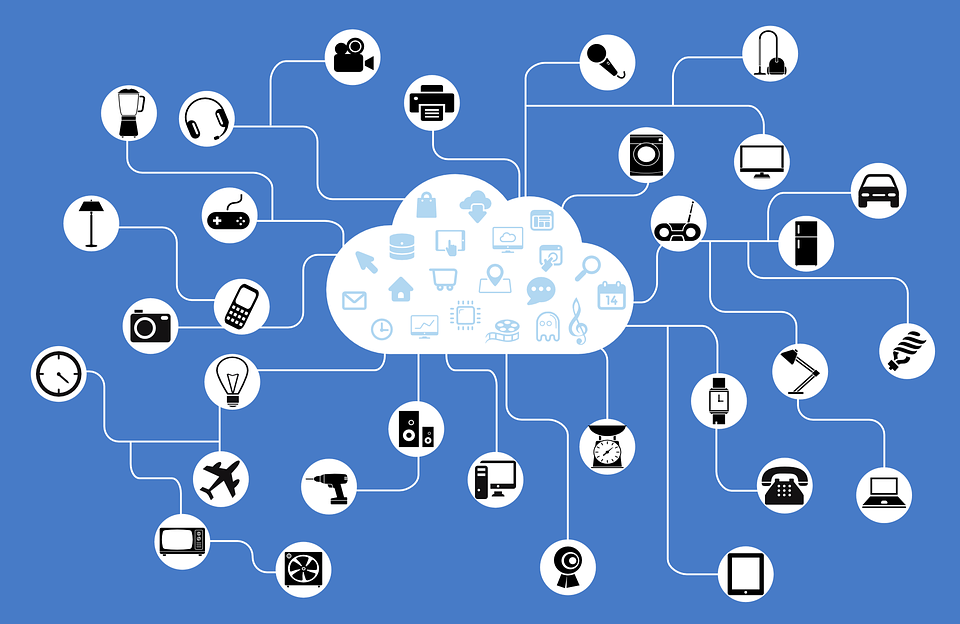
The Internet of Things (IoT) is having a huge impact on warehouse automation
The internet of things, or IoT, is a system of interconnected devices and sensors that collect and share data. IoT devices can range from everyday items like thermostats and light bulbs to industrial machines like robots and conveyor belts.
IoT applications in warehouses can automate tasks like inventory management and order picking. IoT devices can also help warehouse managers optimize their operations by collecting data on things like energy use, traffic patterns, and employee productivity.
The benefits of IoT in warehouses include improved efficiency, reduced costs, and increased safety.

How it's Helping

The IoT is changing the way we live and work. IoT has already had a huge impact on the manufacturing industry, and it is now starting to make its way into warehouses. Warehouse automation is becoming more and more common, and IoT is playing a big role in making this happen.
IoT sensors can be used to track inventory levels, and this information can be used to order new stock when necessary. This sensor data helps to reduce the amount of time that is wasted on manual stock checks. IoT sensors can also be used to monitor equipment, and this information can be used to prevent downtime and keep equipment running smoothly.
Benefits of IoT
- Real-Time Data Tracking
- Inventory Management and Tracking
- Helps warehouses become more energy-efficient
- Helps automate tasks and processes
- Helps improve safety by providing employees real-time information about their surroundings
- Reduces waste
- Monitors equipment to reduce downtime
Another way that IoT is helping with warehouse automation is by providing data that can be used to improve picking accuracy. IoT sensors can track the location of items in the warehouse, and this information can help pickers to find items more quickly. This reduces the amount of time that is spent searching for items, and it also reduces the risk of errors being made.
According to agvnetwork.com, here are some examples of how you can use IoT in your warehouse:
- You can use IoT-enabled sensors, such as Radio Frequency Identification tags, to monitor the movement of goods in your warehouse in real-time.
- You can use IoT technology to receive automatic updates on inventory levels; aggregated over time, this data provides valuable insight into demand and can enable more accurate forecasting, so you know which items must always be in stock.
- IoT powers AGVs and AMRs, many of which rely on sensor technology to navigate their way through complex warehouse floors.
IoT is also being used to create virtual assistants that can help with tasks such as checking stock levels and placing orders. These virtual assistants are becoming more and more common, and they are proving to be an asset in warehouses.
IoT platforms include:
- Devices
- Software
- Data analytics
- Services that enable IoT applications
IoT platforms can be used to connect, manage, and monitor IoT devices and sensors in real time. IoT platforms can also be used to collect and analyze data from IoT devices.
Impact of IoT in the Future
This is just the beginning for IoT in warehouses, and we can expect to see even more changes in the future. The future of IoT is looking very promising, with IoT devices becoming more and more prevalent in warehouses around the world.
